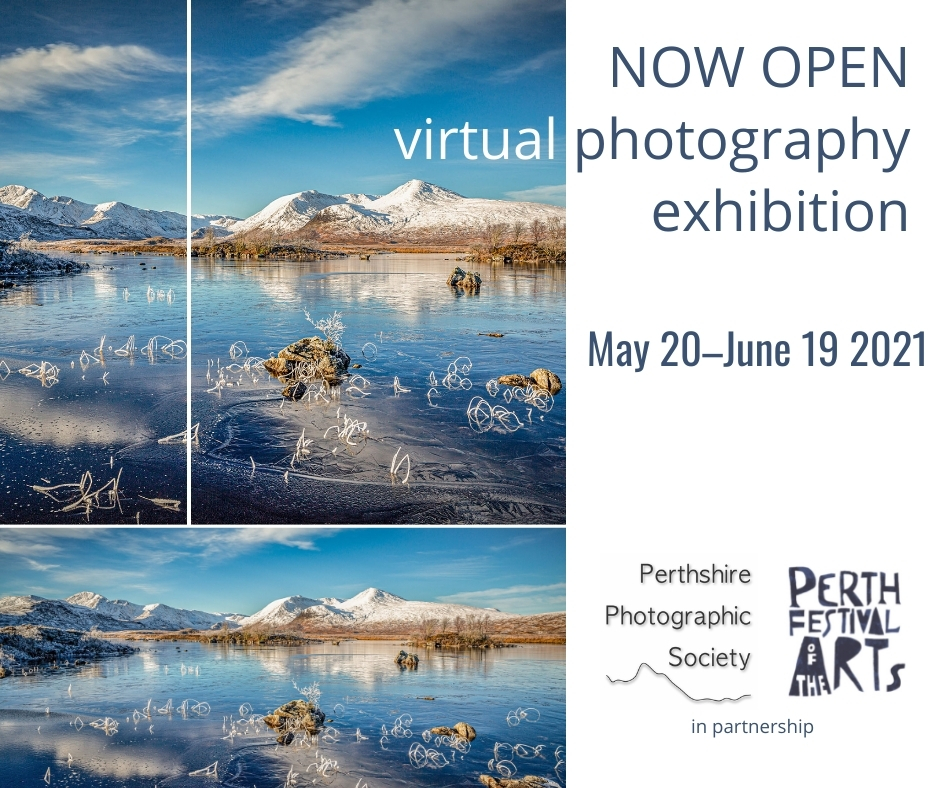To mark the 75th anniversary of the PSNS Archaeology & History Section, on 23 September David Bowler led a group around heritage sites of Perth.
See the video on YouTube:
Perthshire Society of Natural Science
Environment, Nature and Cultural Heritage.
To mark the 75th anniversary of the PSNS Archaeology & History Section, on 23 September David Bowler led a group around heritage sites of Perth.
See the video on YouTube:
For the first talk in our 8th Curious Minds season, Professor Bill Austin from St Andrews spoke about “Blue Carbon”.
Oceans absorb 30% of our CO2 emissions and 90% of the heat trapped by greenhouse gases. But some marine habitats can sequester 10 times as much Carbon per acre as a terrestrial forest.
Professor Austin Bill spoke about the potential benefits of Blue Carbon and about government initiatives, both in Scotland and beyond, to conserve this vital and useful habitat.
This video is available in 4k on YouTube:
For further investigation, see:
Project Seagrass: https://www.projectseagrass.org/
Blue Carbon at St Andrews: https://www.st-andrews.ac.uk/…/sustainability/blue-carbon/
Our YouTube channel with this and other videos: https://www.youtube.com/@PSNS1867
Our Faacebook page with this and other videos: https://www.facebook.com/PerthshireSocietyOfNaturalScience/
You can support our video work via our Patreon page: https://www.patreon.com/PerthshireSocietyofNaturalScience

We are pleased to announce that our Photographic Section, the Perthshire Photographic Society, are holding an online exhibition in association with the Perth Festival of the Arts, from now until June 20 2021.
Read more about it and visit the exhibition on their webpage: PPS: the exhibition is open
1903 Scottish Photographic Federation formed in PSNS library with Henry Coates, President of PSNS, as first President
Perth Town Council accepted PSNS offer of museum and its collections for the community. The Museum was run by a joint committee of Town Council and PSNS
First Children’s Essay Competition
Photographic Section revived with new members
 The outstanding work of Francis Buchanan White, the founder of the PSNS, was published post humously under the editorship of Professor James W H Traill , Aberdeen, who was an Orcadian born botanist and also edited the Scottish Naturalist Magazine founded by FB White. It includes contributions by other members including the Birnam Postie, Charles Macintosh. Charles was a self-taught amateur naturalist from Inver, near Dunkeld, discovered 13 varieties of fungi, and was friends with Beatrix Potter.
The outstanding work of Francis Buchanan White, the founder of the PSNS, was published post humously under the editorship of Professor James W H Traill , Aberdeen, who was an Orcadian born botanist and also edited the Scottish Naturalist Magazine founded by FB White. It includes contributions by other members including the Birnam Postie, Charles Macintosh. Charles was a self-taught amateur naturalist from Inver, near Dunkeld, discovered 13 varieties of fungi, and was friends with Beatrix Potter.
On 29 Nov 1895 the Museum extension was opened by  Sir William Henry Fowler, Director of the British Museum and a comparative anatomist.
Sir William Henry Fowler, Director of the British Museum and a comparative anatomist.
It housed the Perthshire Gallery, a collection of local animals, plants and rocks. The ground floor contained the vertebrate animals and in the gallery above were plants, insects, shells, rocks, minerals and fossils. At the time the Museum was declared one of the best in layout and design in Scotland.